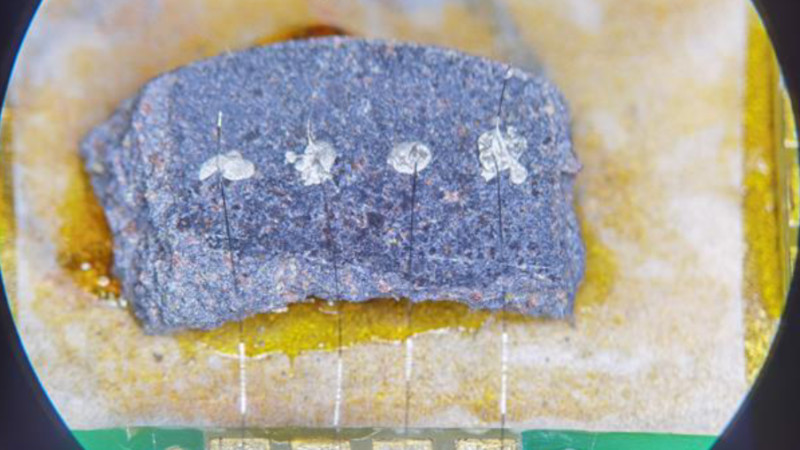
Every so often, along comes a story which, like [Fox Mulder] with his unexplained phenomena, we want to believe. EM drives and cold fusion for example would be the coolest of the cool if they worked, but sadly they crumbled when subjected to scientific inquiry outside the labs of their originators. The jury’s still out on the latest example, a claimed room-temperature superconductor, but it’s starting to seem that it might instead be a diamagnetic semiconductor.
We covered some of the story surrounding the announcement of LK-99 and subsequent reports of it levitating under magnetic fields, but today’s installment comes courtesy of a team from Beihang University in Beijing. They’ve published a paper in which they characterize their sample of LK-99, and sadly according to them it’s no superconductor.
Instead it’s a diamagnetic semiconductor, something that in itself probably bears some explanation. We’re guessing most readers will be familiar with semiconductors, but diamagnetic substances possess the property of having an external magnetic field induce an internal magnetic field in the opposite direction. This means that they will levitate in a magnetic field, but not due to the Meissner effect, the property of superconductors which causes magnetic field to flow round their outside. The Beijing team have shown by measuring the resistance of the sample that it’s not a superconductor.
So sadly it seems LK-99 isn’t the miracle it was billed as, unless there’s some special quirk in the production of the original Korean sample which didn’t make it to the other teams. We can’t help wondering why a sample from Korea wasn’t subjected to external evaluation rather than leaving the other teams to make their own. Never mind, eh!
LK-99: Diamagnetc Semiconductor, Not Superconductor?
Source: Manila Flash Report
0 Comments